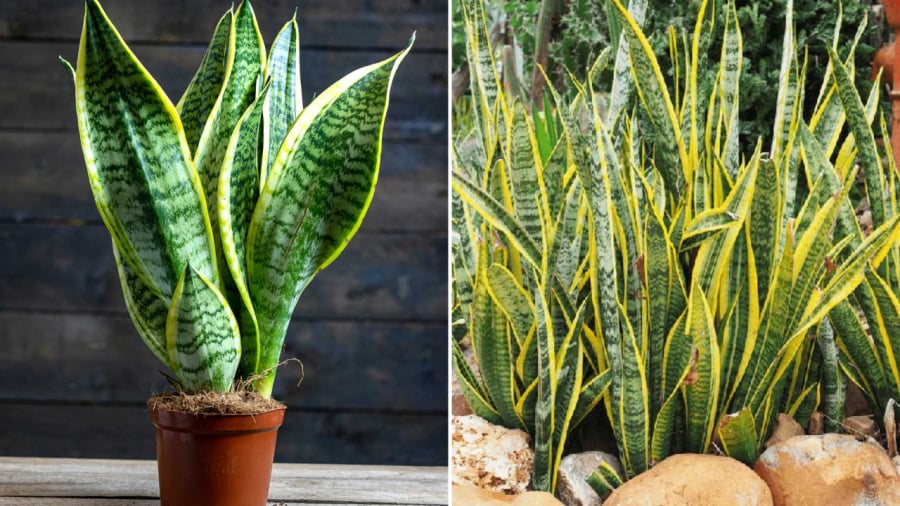Sansevieria, commonly known as Snake Plant, is a popular houseplant due to its ease of care, year-round vibrancy, and low-maintenance needs. The plant is also symbolic of health and longevity.
With proper care, Sansevieria can produce multiple new shoots, allowing for easy propagation without the need to purchase new plants.
There are several varieties of Sansevieria, including Sansevieria trifasciata (Snake Plant), Sansevieria hahnii (Bird’s Nest Snake Plant), Sansevieria cylindrica (Cylinder Snake Plant), and more. Each variety boasts unique leaf shapes and colors, but they all share the common trait of being resilient and thriving year-round.
Sansevieria can be placed in various settings, such as living rooms, bedrooms, balconies, or outdoor gardens. It not only serves as a decorative element but also purifies the air, bringing numerous health benefits.
When growing Sansevieria, keep in mind these three essential tips for its optimal development:
Provide Abundant Sunlight
Sansevieria thrives in bright, sunny conditions, especially during its growth phase when new shoots emerge. Insufficient natural light will result in dull-colored leaves, stunted growth, and a lack of new shoots. Ensure your plant receives ample sunlight by placing it near a window or on a balcony.
However, avoid exposing it to intense, direct sunlight for extended periods. If the sun is too strong, provide some shade to prevent leaf scorching.
If you’re growing Sansevieria indoors, consider using grow lights to supplement natural light and ensure proper photosynthesis.

Regularly Loosen the Soil
Sansevieria has a robust root system, and tight, compact soil can hinder its growth. Therefore, regularly loosen the soil to improve air circulation and drainage. Avoid digging too deeply, as this may damage the roots.
If, during soil loosening, you notice that the pot has become too crowded, consider repotting into multiple smaller pots or upgrading to a larger one.
Avoid Overwatering
Sansevieria is drought-tolerant and can store water, so be cautious not to overwater. During hot weather, slightly increase the water amount without flooding the roots. Water your plant in the morning or evening when the temperature is cooler, avoiding the intense midday heat.
After watering, place the plant in a well-ventilated area to allow excess water to evaporate, preventing root rot.
Check the moisture level of the soil before watering. If the soil is still damp, hold off on watering, and only water when the soil has dried out sufficiently.

































